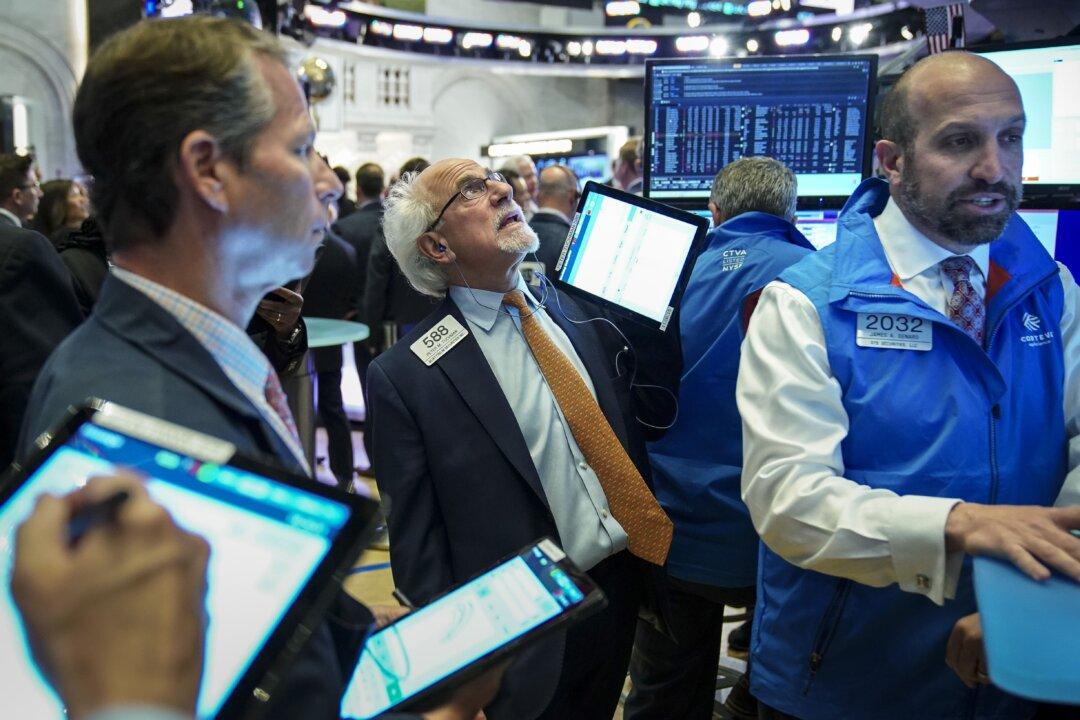U.S. stocks rose in June 6 trading after reports of a narrowing in the United States’ trade deficit and indications that the Federal Reserve may consider cutting interest rates.
The Dow Jones Industrial Average gained 181.09 points, or 0.71 percent, to 25,720.66, bringing its gain for the week to more than 900 points. The Standard and Poor 500 rose 0.61 percent to 2,843.49, while the Nasdaq Composite gained 0.53 percent to 7,615.55.





